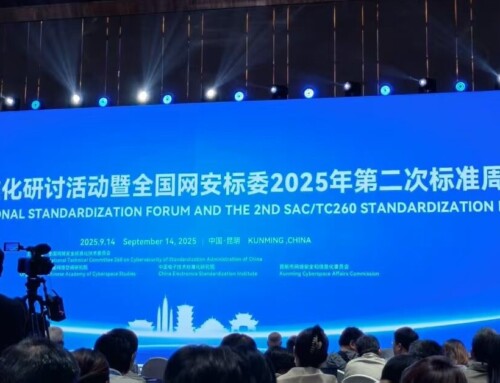From December 18, 2024, to February 16, 2025, the National Standardization Principles and Methods Technical Committee (SAC/TC286) sought public feedback on the national standard Rules of Standardization Activities—Part 3: Guidelines for referencing standards in regulations.
The primary purpose of this standard is to ensure usability, specifically providing rules and pathways for referencing standards in laws and regulations, and offering methodological support for the “Regulation Referencing Standards System” and ” Standards Supporting Policy Implementation System” outlined in the National Standardization Development Outline.
Currently, the rules for referencing standards in Chinese laws and regulations are primarily embodied in the national standard GB/T 20000.3—2014 Guidelines for standardization—Part 3: Reference to documents. This standard, which follows ISO/IEC provisions, divides the method for referencing standards into direct and indirect references, and sets out general requirements and expression rules for referencing standards in regulations. However, with the advancement of standardization reforms and the development of standardization theory, several urgent issues need to be addressed.
First, the new Standardization Law clarifies the scope and function of mandatory and recommended standards, granting legal status to association standards. As a result, questions arise, such as which level of laws and regulations can reference mandatory or recommended standards, and whether association standards can be referenced in laws and regulations.
Second, in practice, China’s laws and regulations typically use a broad referencing approach, citing all standards within a particular field. While this approach is suitable for legal and administrative regulations, it does not specify a clear list of standards in accompanying judicial interpretations or related departmental documents. As a result, law enforcement officers may not be fully aware of which standards need to be implemented, thus affecting the effective enforcement of these regulations.
Furthermore, China has yet to establish a detailed procedure for referencing standards in laws and regulations. Issues such as when drafters of laws and regulations should consider referencing standards, how to decide on the referencing method and intensity, and other procedural challenges remain unresolved. These gaps have hindered the standardization and efficiency of referencing standards in legislation.
To address these challenges, TC286 has begun revising GB/T 20000.3—2014.
The new standard primarily references documents such as ISO’s Use and Citation of ISO and IEC Standards in Public Policy, Standards and Public Policy: A Toolkit for National Standards Bodies, the EU’s Resolution on a New Approach for Technical Harmonization and Standards, Methods for Legislative Citation of Standards with a Focus on EU Legislation, the US’s National Technology Transfer and Advancement Act, Federal Participation in the Development and Adoption of Voluntary Consensus Standards and Conformity Assessment Activities, Citation Incorporated into Regulations, and Citation Incorporation Manual, among other related documents. It establishes the overall principles and considerations for referencing standards in regulations, providing guidance and suggestions on how to cite standards and express referenced standards.
In the future, this standard will be coordinated with other standards in the GB/T 20000 series, offering universal rules and implementation guidance for China’s standardization activities. It is recommended that EU stakeholders to actively provide feedback.
The full text of the standard (in Chinese) can be downloaded from the following link:
https://www.cnis.ac.cn/bydt/bzyjzq/gbyjzq/202412/t20241219_59255.html




